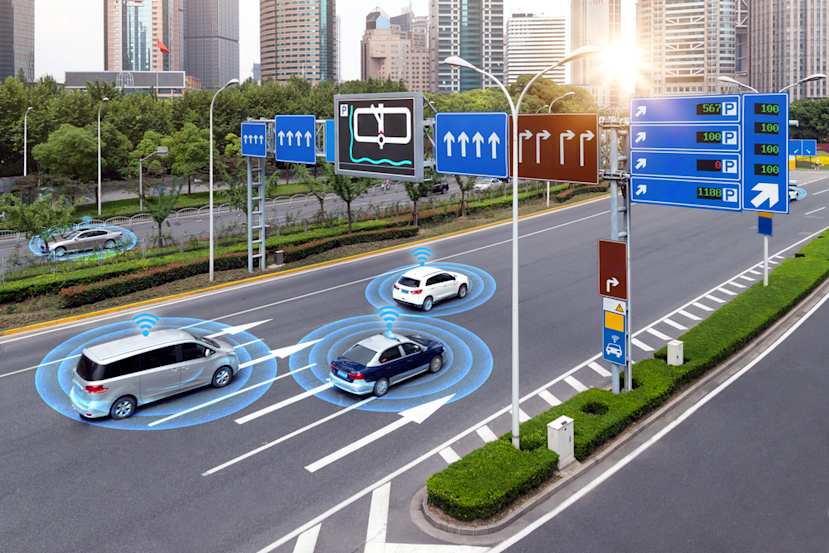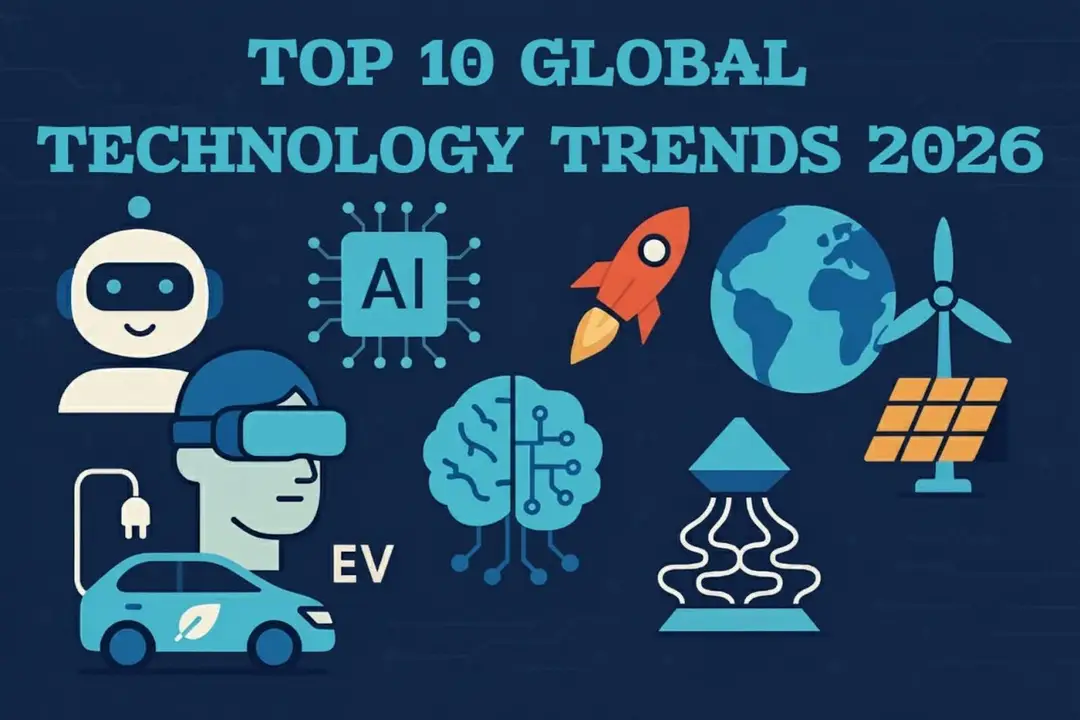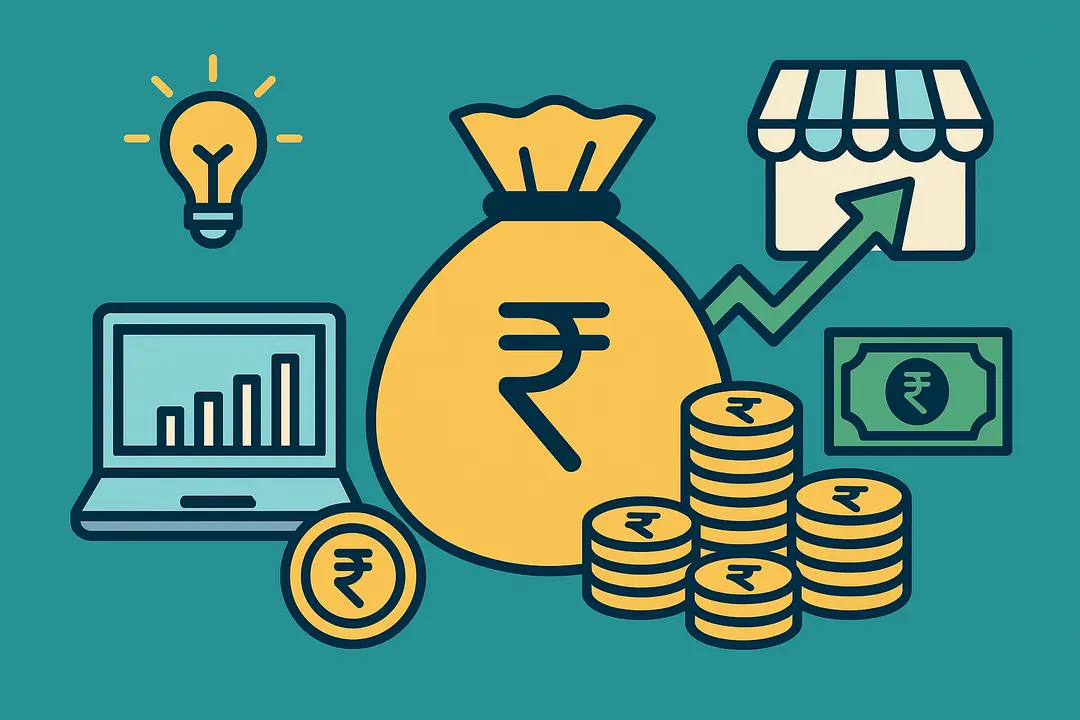Artificial Intelligence (AI) has grown beyond a sci-fi movie or research lab vision to a silent planner that influences the flow of our daily lives. AI tools now play an invisible but essential role in how we work, learn, shop, travel, and even communicate from the moment we wake up in the morning until we go to bed at night.
As 2025 gets closer, the AI transformation will focus more on enhancement than automation and ease. AI is increasing human potential, customizing interactions, and redefining what intelligence, creativity, and productivity mean in modern society. One task, one click, and one decision at a time, let’s examine how AI tools are changing everyday life in 2025.

1. The AI-Powered Morning Routine
The time is 7 AM. Your AI assistant, which is significantly more advanced than the early Siri or Alexa, gradually wakes you with a customized alarm that adjusts to your sleep schedule based on the biometric sensors on your wearable device. On a Monday morning, your digital home hub plays a song you unconsciously like, opens the shades, and automatically sets the environment to your comfort level.
AI-powered health apps, such as FitMind 2025 and SleepSync, now analyze your level of anxiety, REM cycles, and food habits to provide you with wellness suggestions in real time. These apps forecast fatigue, propose meals based on your body’s nutrient shortage, and even prescribe the right amount of hydration for the day’s weather and workload, rather than simply recording steps or calories.
Your AI mirror shows your schedule, makes grooming advice based on brightness and skin tone, and even reminds you of an upcoming appointment. Based on emotional AI analysis of your colleagues’ characteristics, it suggests what you should wear to leave the best impression.
The “smart morning” has become about context-based customization instead of convenience.
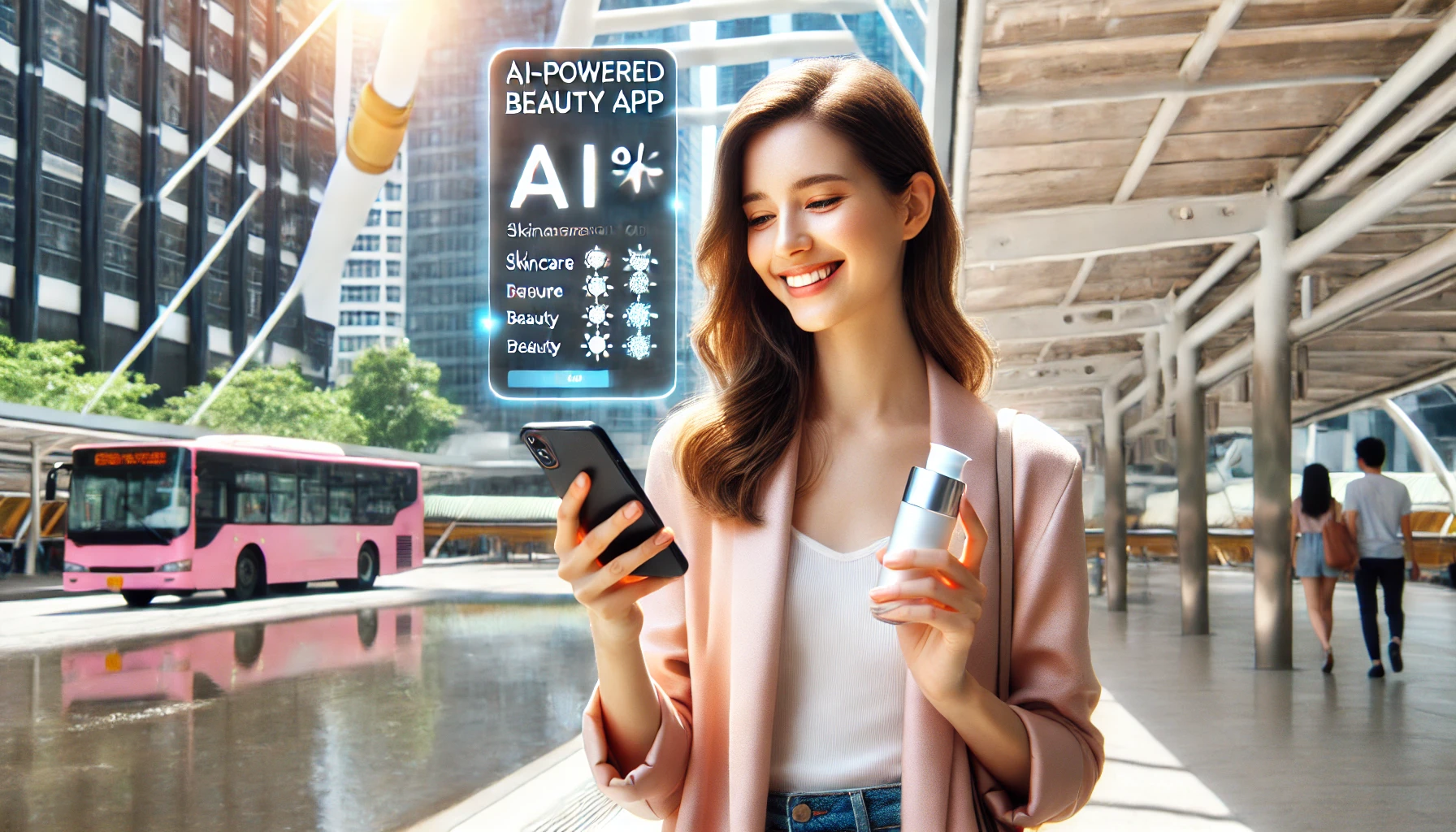

2. Redefining Productivity: The AI Workspace
In 2025, work will merely be limited to manual labor or office space. AI has become a cooperative colleague instead of just a digital helper. The way you work is now powered by AI, no matter whether you’re a professional, student, or creator.
The new office companions include applications like ChatGPT Enterprise, Notion AI, and Microsoft Copilot. They create slides, generate reports, summarize meetings, and even react naturally to client emails.
GitHub Copilot X is a tool for developers that can produce vast amounts of code, fix problems on its own initiative, and test improvements faster than a human could. artificial intelligence-based analytical solutions, such as MarketMuse or Jasper AI, let marketers create SEO-optimized initiatives, predict user engagement, and even do real-time analysis of rivals.
The most significant change in 2025? Algorithmic and information-driven decision-making is now possible.
These days, AI dashboards offer suggestions for “Next Best Action,” whether it’s forecasting market trends or spotting possible business risks. Workers now ask their AI tools, “What’s my best strategy today?” and get real-time, helpful suggestions rather than spending hours examining spreadsheets.
3. Education 2.0: Learning from AI Tutors
The classroom in 2025 will be extremely distinct. Education is now globally accessible and highly customized because of AI.
An AI-powered “Learning Twin,” an automated tutor that adjusts to each student’s pace, style of learning, and emotional situation, is now accessible to all learners. When a learner has difficulty with mathematics, the AI breaks it down with examples from daily life or even turns it into a game. If a person is very good at history, the AI selects challenging readings and links them to global online forums that discuss the relevant period.
Flexible educational journeys have taken the place of universal curricula because of technologies like Socratic AI, Khanmigo, and Google LearnSphere. AI tests absorption via tone, communication patterns, and human emotion recognition in alongside providing information.
Teachers are empowered instead of replaced. AI manages statistics, attendance, and grading, enabling teachers to focus on mentorship and creativity.
AI systems suggest short courses for continuous learners based on individual goals and industry trends. The outcome is a generation that studies to understand, use, and create rather than merely recalling facts.

4. Smart Homes: Living with AI Companions
Your house has developed into an intelligent ecosystem in the year 2025, always learning, adapting, and understanding what you need.
Nowadays, artificial intelligence-powered products like Apple Vision Hub, Google Home 360, and Amazon Astro 2.0 communicate across devices to control your entire home. Algorithms that predict enable everything from energy optimization to safety.
Your fridge does not just simply keep track of your groceries; it also immediately orders missing supplies and makes recipe recommendations based on what’s inside. The specific kind of fabric is detected by your washing machine, which then modifies the detergent’s dosage. AI is even used by your pet feeder to keep an eye on your dog’s consumption habits and alert you about any possible abnormalities.
Safety at home has come into something sensitive to emotions: AI voice analyzers can detect tension or aggression in speech and instantly notify authorities, while cameras with facial recognition can distinguish between family members, guests, and intruders.
Not to be ignored are AI buddies, who are artificially intelligent beings that can communicate, observe and offer psychological assistance. Despite controversy, these “AI friends” are being shown to boost loneliness and mental health, especially for older adults.
While the difference between artificial empathy and human contact is becoming more complicated, the outcome—ease and connection— continues to be exceptionally human.


5. Healthcare: AI as the New Doctor
The era of health prediction begins in 2025.
AI is now diagnosing illnesses faster than before, and sometimes even before symptoms appear.
AI systems such as DeepMind Health, IBM Watson MedAssist, and Apple Health AI get continuous data from wearable sensors and health-tracking devices. These computer programs can estimate psychological problems days in advance, detect developing cancer, and identify a heart attack by analyzing every detail from oxygen variations to irregular heartbeats.
In order to prioritize crises, hospitals employ AI triage mechanisms that rapidly analyze information regarding patients. Telemedicine powered by AI chatbots links patients with physicians across regions in rural places.
Emotionally intelligent chatbots, such as Woebot 3.0 or MindfulMe AI, offer stress analysis, meditation guides, and real-time therapy for mental health through voice tone and microexpression recognition.
In 2025, healthcare will be flexible, individualized, and predictive instead of reactive.
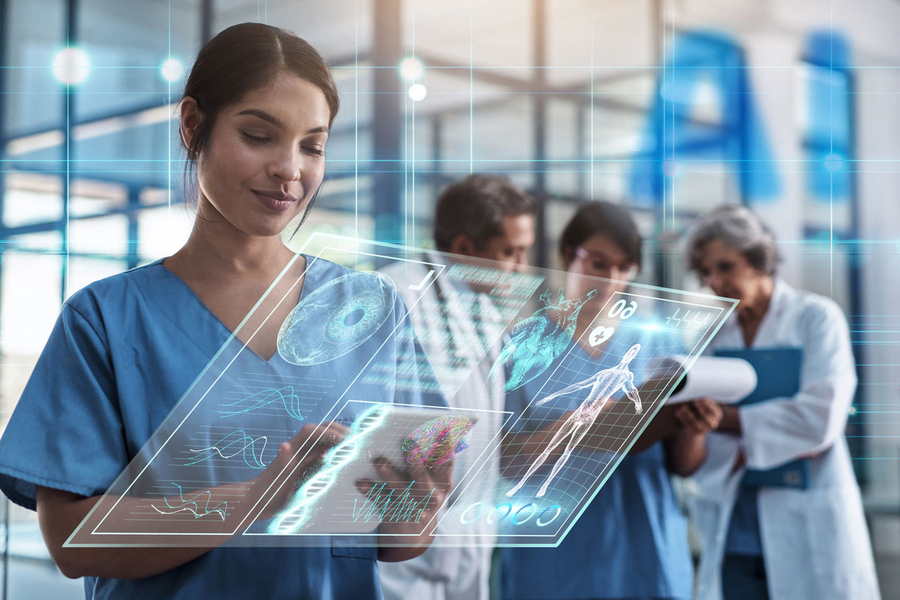
6. Transportation: AI Behind the Wheel
If electric vehicles were the norm in the 2020s, autonomous mobility will be the norm in 2025.
Most of innovative cities’ paths are dominated by AI-driven automobiles. Level 5 autonomy has been achieved by businesses including Tesla, Waymo, and Baidu Apollo, turning human drivers in cities nearly unnecessary.
Your car recognizes you; it does far more than simply follow you. It uses real-time traffic predictions to figure out the fastest route, selects music according to your state of mind, and even advises a coffee break if it detects tiredness using biometric information.
AI-powered buses and metro systems modify routes dynamically based on weather and passenger flow, showing how advanced public transportation has become.
Once prototype, drone taxis are now used commercially in places like Tokyo, Singapore, and Dubai. By smoothly managing air and road mobility, the AI-powered traffic grids reduce pollution and overcrowding.
When tourists use AI tools like TripGenie or Kayak AI to plan vacations, they get personalized plans that are driven by current information and adjust according to where they go, from restaurant options to flight adjustments.
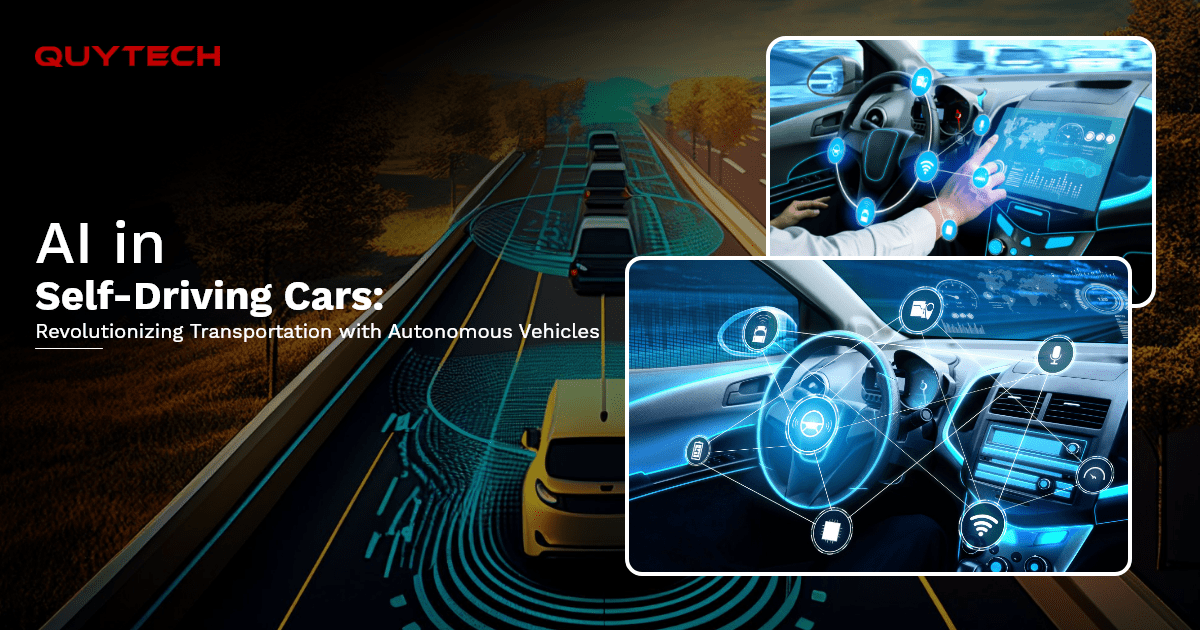
7. Shopping and Finances: The Rise of AI Advisors
In 2025, shopping will be highly personalized.
The recommendation engines driven by AI have grown from “people who bought this also bought…” to “this fits your mood, personality, and lifestyle.”
Due to behavioral algorithms, location monitoring, and emotional data by voice or facial recognition, e-commerce platforms such as Amazon AI+, Alibaba Genie, and Flipkart Vision anticipate what you want before you do.
While virtual reality glasses offer real-time recommendations for goods and reductions, AI-powered automated mirrors at conventional shops allow you to visually try on styles.
An equivalent significant shift took place in finance.
WealthPilot, Zerodha AI Invest, and Robinhood Quantum are examples of AI investment platforms that offer customized portfolios that are updated every day based on personal spending patterns and current economic data. Nowadays, budgeting applications help individuals save and invest more wisely by coaching them professionally in along with managing expenditure.
While blockchain-integrated AI technologies offer transparent and secure transactions, banks use AI for fraud detection and customer support.
In order to assist people achieve freedom from debt, handling money has grown into an intelligent, anticipatory, and psychologically aware process.
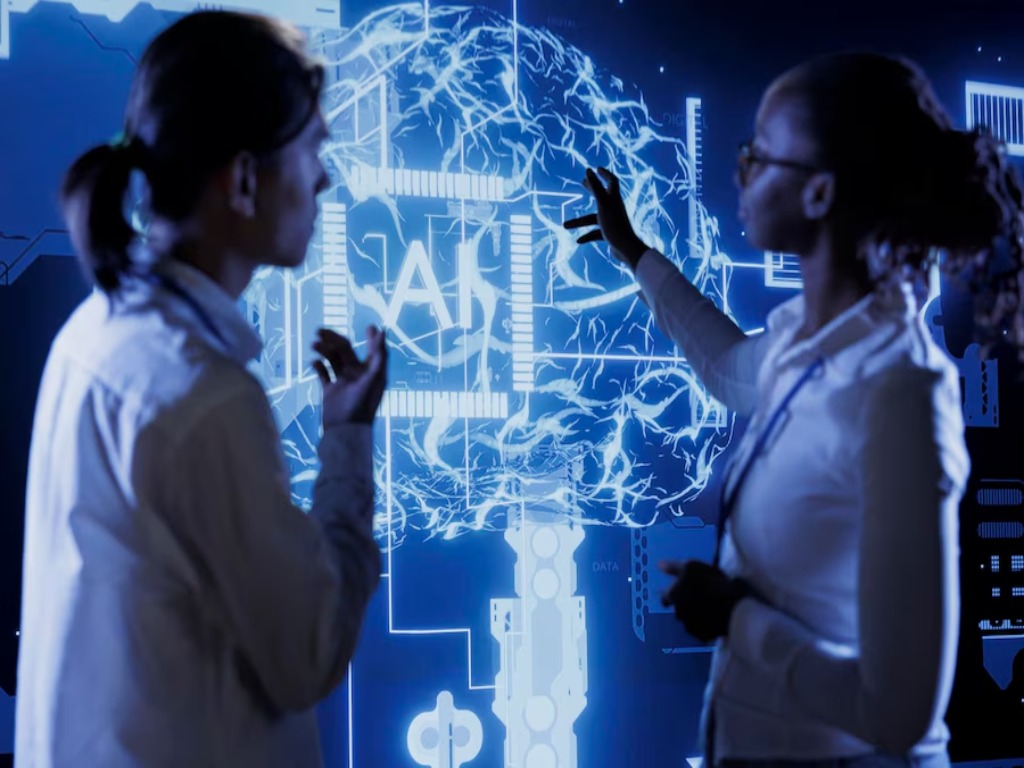
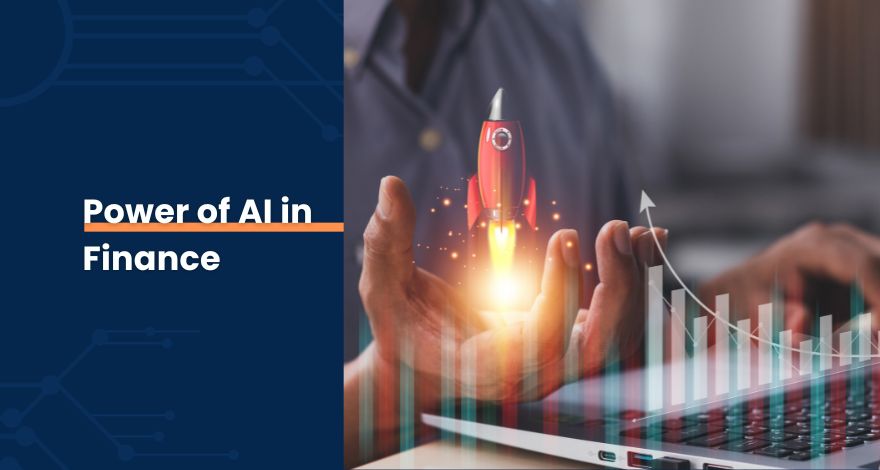
8. Entertainment: Creativity in the Age of AI
In 2025, entertainment will be a playground for human-AI collaboration.
AI now works with artists instead of displacing them.
AI is used by filmmakers to generate believable situations, disable performers, or reproduce entire universes without the need for real sets. To develop original songs and merge styles, musicians work with AI composition tools such as Aiva or Amper Music. AI helpers such as ChatGPT Creator and Sudowrite 2.0 are used by writers to improve emotional tone, create unexpected developments, and refine writings.
Streaming sites starting to produce information based on user response, going beyond simple suggestions. With the goal to create interactive episodes where viewers immediately alter the plot, Netflix’s AI Director system analyzes information about the audience.
Because of AI, which changes gameplay depending on the player’s emotion, strategy, and level of anxiety, gaming has become extremely realistic. The “AI shared creation economy” emerged out of the melting of the lines between creator and consumer.

9. Communication and Relationships: AI as the Bridge
Communication is deeper, quicker, and more contextual in 2025.
Real-time multi-lingual conversation with appropriate emotional tones is made possible by AI translation systems such as MetaSpeak 5.0. In addition to scheduling calls and summarizing conversations, voice assistants may identify emotional undertones in emails and recommend appropriate phrasing.
AI marriage counselors examine couples’ chat behaviors on an individual basis in order to offer improved methods of communication which reduce conflict and increase communication.
Additionally, online friends have developed to the point that they may offer support, especially to the elderly or people who live alone. Despite being contentious, they have been shown to be beneficial in providing emotional stability and confidence.
AI simply makes it simpler for us to understand and interact with with one another, which is still at its foundation.

10. Society and Ethics: The Balance Between Human and Machine
The benefits of AI are unquestionable, but 2025 additionally brought up ethical issues.
Issues about bias, emotional dependency, confidentiality of information, and job displacement are growing increasingly common. To ensure ethical AI use, countries have set up AI Ethics Boards and Digital Rights Laws.
Finding an equilibrium between technology and human beings is the most challenging aspect.
Nowadays, “AI Literacy” is taught as a core subject in schools, allowing pupils to learn not only how to use AI but also how to properly evaluate and handle it.
Despite their strength, artificial intelligence (AI) technologies continue to be reflections of human beings, incorporating our information, opinions, and creativity. The goal is to create humans that think deeper as a consequence of technology rather than machines that think like humans.

Conclusion: The Human-AI Partnership
In 2025, AI will recast what it means to be human rather than replace humans.
Every tool, from virtual assistants to self-driving cars, exists to help us rather than merely take over; it releases us from repetitive work and eliminates up time for those activities that really count, like imagination, compassion, and invention.
The future is AI with humans, not AI versus humans.
Moreover, the issue at hand isn’t “what can AI do” as times advance. But since AI is here, what can we do?



